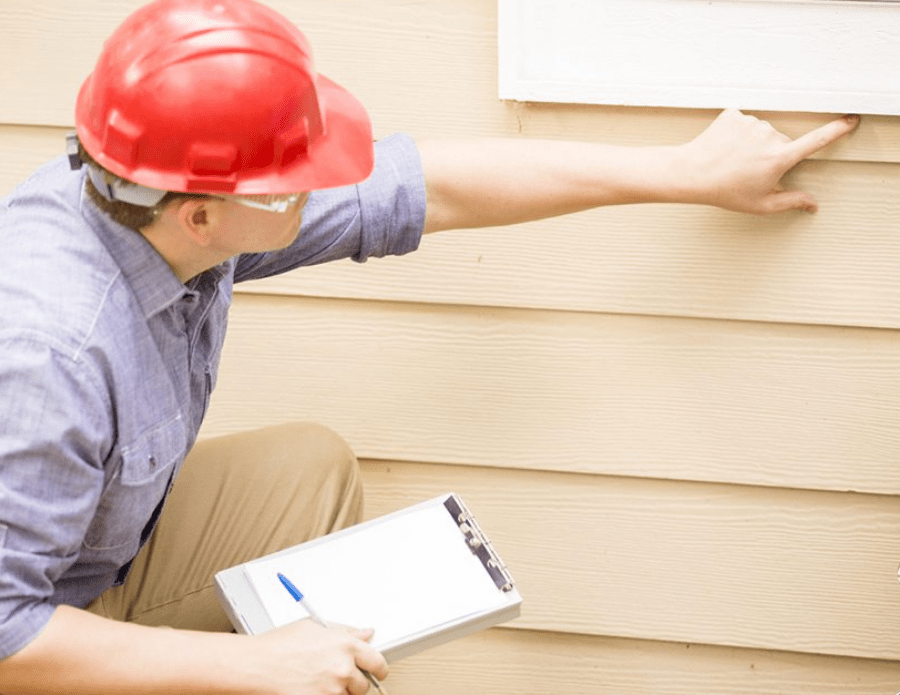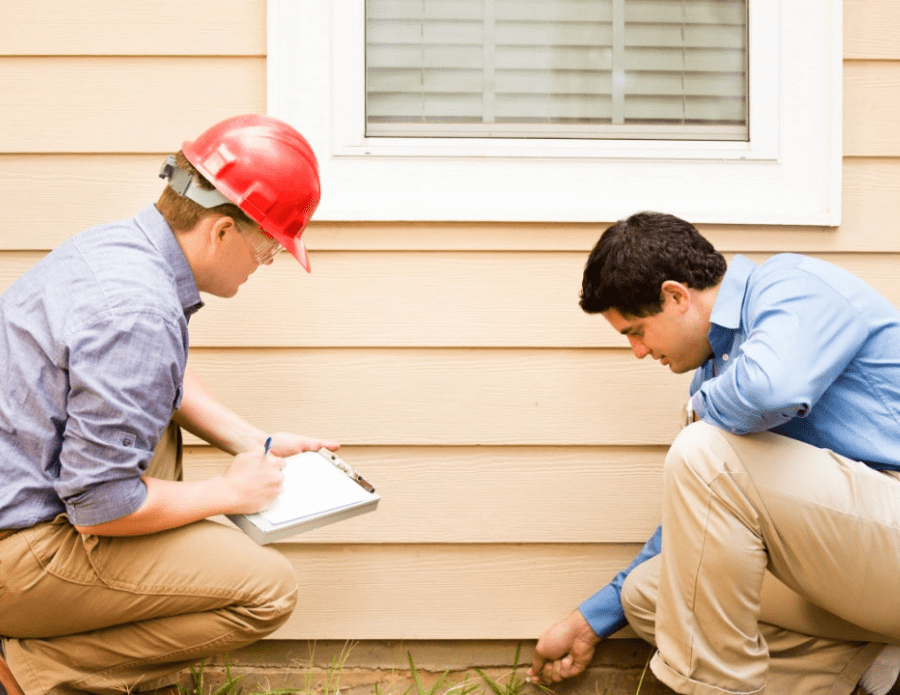Prioritizing the state of your property in Cambodia is important since you need to protect your investment. Not only will you have room to increase its value through natural and force appreciation but potential tenants will be more agreeable if the property looks excellent. Continue reading below to know everything you need about rental property inspection.
What is rental property inspection?

Rental property inspection in a nutshell is when a landlord or a property management agency that you hire checks the state of the property. This helps protect the investment and can effectively and easily attract interested parties when you put the the property back in the market for rent. Additionally, tenants can bring up any concern they have and request for it to be fixed as deemed necessary during the inspection.
Owners can check their property anytime they want, as long as there is no tenant living there. If they have signed a contract with a tenant, then rental property inspection has to be scheduled.
However, owners do not often add checking the property in the lease agreement since there is a misconception that they can simply visit the home anytime they want. This is not possible unless a schedule has been arranged with the current tenant in a time that works for both parties.
Additionally, there are four types of property inspection that you need to know:
- Move-in inspection → This inspection is necessary to ensure that both tenant and owner agree on the state of the property at the start of the lease.
- Routine inspection → This is done every three to six months to stay on top of the property’s status.
- Drive-by inspection → This doesn’t have to be scheduled since if your leased property is a house, then you can simply check its status from a far.
- Move-out inspection → This inspection is necessary to see the status of the property once the lease ends.
When should it be done?
Since rental property inspections are necessary, scheduling it once a year is the least that is expected for owners. The number of times it can be scheduled annually is different per country but the average is three times a year. Four times can be the maximum number of inspections and will allow owners like you to stay up to date with how your property is being used.
When arranging the schedule, the tenant has to be notified a week before the arranged inspection day in order to give ample notice. The time when the property is checked also needs to be conducted during acceptable daylight hours, say from 8 AM to 5 PM.
In line with inspections, it’s not always just the tenant that should be informed but the appropriate property management service as well. Not all rentals have these services but if they do, then you need to coordinate with them since they manage and oversee the general quality, status, and upkeep of the properties.
These services are not only valuable for owners but for tenants as well since they can acquire maintenance and more services if necessary. This also means that when you conduct a rental property inspection, the scheduled visit will be arranged and coordinated by the property management service, making it easier for both parties to go through them.
Rental property inspection: What should be checked?

A variety of things needs to be checked and paid close attention to during the rental property inspection. Since the priority of the owner and tenant can be different despite the goal of ensuring the home is without problems, IPS Cambodia has curated a checklist you’d need whenever there is a rental property inspection. See the checklist for owners and tenants below.
For the property owner
When conducting the rental property inspection, as the owner of the home, you need to pay particular attention to the following:
- Check if there are signs of rust, termites, or similar insects that can destroy the home
- Check water filters if they are clean
- Check the air conditioning if they are running smoothly and if it’s not damaged
- Look around the house, apartment, or condominium if it has water damage, dampness, or rotting wood
- Check tiles, bricks, weatherboard, and the walls for cracks and signs that it needs to be replaced. Additionally, compare if the crack was there prior to the current tenant moving into the property
- Check shower heater if it’s working properly or if there are leaks that can affect temperature, pressure, or how it works
- Check if there are leaking taps
- Check if the exhaust fans in all areas of the house are working
- Check if the fire alarm systems are working responsive and working property
- Check if the doors and windows close, lock, and open without problems
- Check if there are problems with the lights inside and around the property
- If there is a security system at home, check if it is working properly.
For the tenant
When there is a rental property inspection, as a tenant, you can pay attention to a couple of things and bring it up for repair or replacement if necessary. Here’s the things you need to check:
- Check if there are possible water damages in and around the property
- Check the current condition of the property in terms of how they work and if they’re clean
- Check fire alarm and security systems to ensure that they are working
- If there is a garden, check that it is tidy, clean, and there is proper upkeep.

